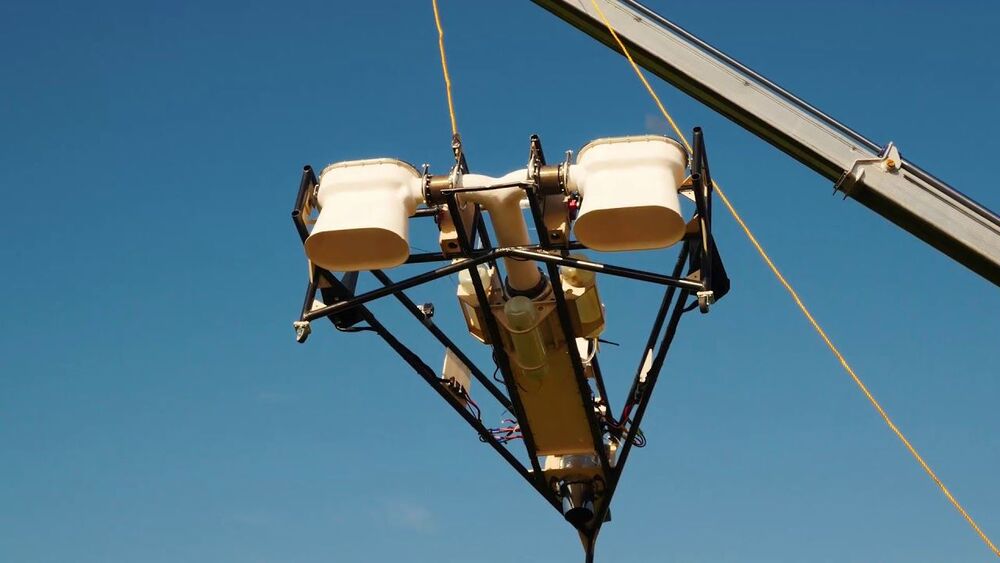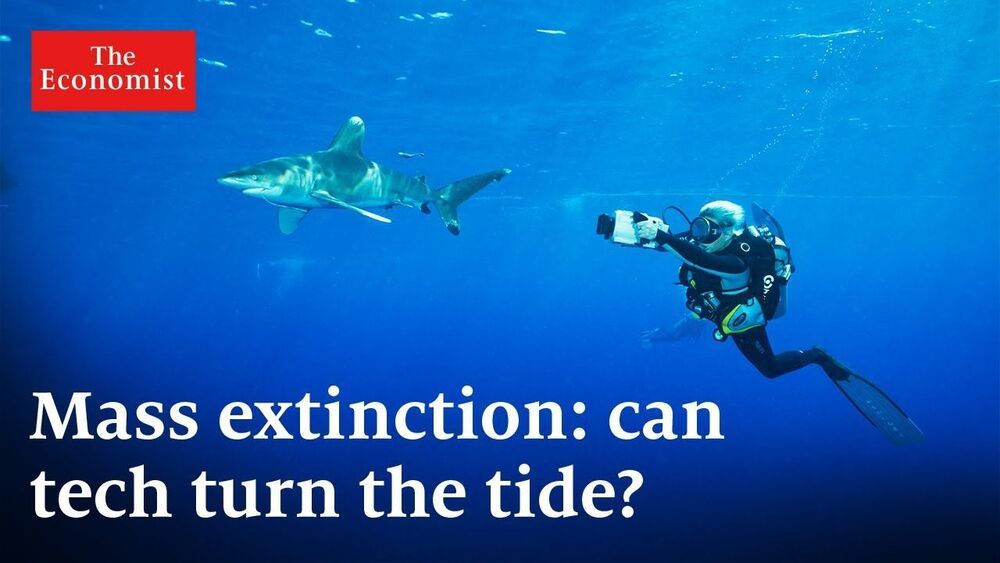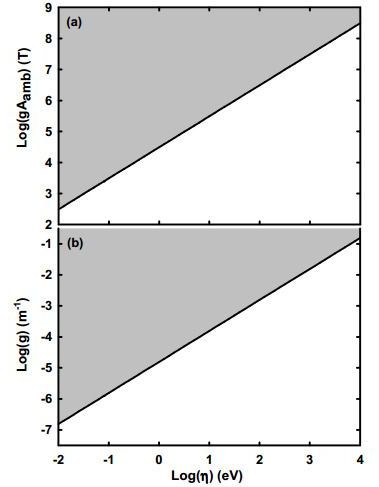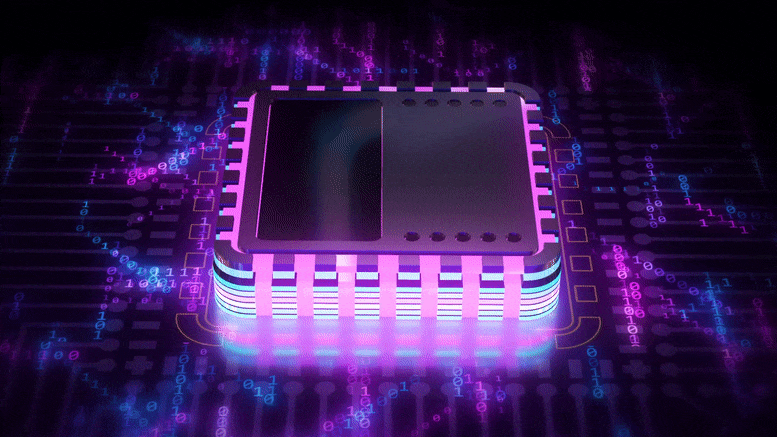A Founder of 3D Scan Store has shown a re-rendered version of one of the realistic hand scans.
Page 6400
Jul 5, 2021
A residue-free approach to water disinfection using catalytic in situ generation of reactive oxygen species
Posted by Alan R. Light in category: futurism
Despite its biocidal properties, the use of hydrogen peroxide is still limited in the context of water disinfection. Here an approach is disclosed based on the generation of H2O2 in situ by means of an AuPd catalyst, which can compete with chlorination methods by generating a highly reactive radical flux.
Jul 4, 2021
This VTOL Aircraft Flies Without Any Blades!
Posted by Quinn Sena in categories: futurism, transportation

The J-2000 VTOL flying vehicle doesn’t use any blades, instead it uses a quiet “fluidic propulsion system,” the future of flying vehicles.
Jul 4, 2021
How Neutrons Might Escape Into Another Universe
Posted by Quinn Sena in category: cosmology
Circa 2012
The idea that our universe is embedded in a broader multidimensional space has captured the imagination of scientists and the general population alike.
This notion is not entirely science fiction. According to some theories, our cosmos may exist in parallel with other universes in other sets of dimensions. Cosmologists call these universes braneworlds. And among that many prospects that this raises is the idea that things from our Universe might somehow end up in another.
Continue reading “How Neutrons Might Escape Into Another Universe” »
Jul 4, 2021
Fourth of July weekend ransomware attack hits thousands of companies in 17 countries
Posted by Quinn Sena in categories: business, cybercrime/malcode
In some cases, chain reactions fed more widespread disruption.
The Swedish Coop grocery store chain had to close hundreds of stores on Saturday because its cash registers are run by Visma Esscom, which manages servers for a number of Swedish businesses and in turn uses Kaseya.
Brett Callow, a ransomware expert at the cybersecurity firm Emsisoft, said he was unaware of any previous ransomware supply-chain attack on this scale.
Jul 4, 2021
Israel used world’s first AI-guided combat drone swarm in Gaza attacks
Posted by Dan Kummer in categories: drones, robotics/AI
During operations in Gaza in mid-May, the Israel Defense Forces (IDF) used a swarm of small drones to locate, identify and attack Hamas militants. This is thought to be the first time a drone swarm has been used in combat.
Jul 4, 2021
Mass extinction: what can stop it? | The Economist
Posted by Derick Lee in categories: existential risks, sustainability

The world’s animals and wildlife are becoming extinct at a greater rate than at any time in human history. Could technology help to save threatened species?
Read our latest technology quarterly on protecting biodiversity: https://econ.st/3dqdkKN
Continue reading “Mass extinction: what can stop it? | The Economist” »
Jul 4, 2021
Engineering Breakthrough Paves Way for Chip Components That Could Serve As Both RAM and ROM
Posted by Genevieve Klien in categories: computing, engineering, physics
Year after year, the explosive growth of computing power relies on manufacturers’ ability to fit more and more components into the same amount of space on a silicon chip. That progress, however, is now approaching the limits of the laws of physics, and new materials are being explored as potential replacements for the silicon semiconductors long at the heart of the computer industry.
New materials may also enable entirely new paradigms for individual chip components and their overall design. One long-promised advance is the ferroelectric field-effect transistor, or FE-FET. Such devices could switch states rapidly enough to perform computation, but also be able to hold those states without being powered, enabling them to function as long-term memory storage. Serving double duty as both RAM and ROM, FE-FET devices would make chips more space efficient and powerful.
The hurdle for making practical FE-FET devices has always been in manufacturing; the materials that best exhibit the necessary ferroelectric effect aren’t compatible with techniques for mass-producing silicon components due the high temperature requirements of the ferroelectric materials.
Jul 4, 2021
The Avenues of America: Astronaut Captures Stunning Photo of US Capitol From Space Station
Posted by Genevieve Klien in categories: government, space
Wide, diagonal avenues radiate from the Capitol building in Washington, D.C., outward through the city.
The original layout and design of Washington, D.C., comes to life in this springtime photograph taken by an astronaut on the International Space Station. The near-nadir, high resolution photo offers a view of the city’s layout that its architects, Peter L‘Enfant and Andrew Ellicott, could only imagine when they drew up plans for the District of Columbia in the 1790s. Nestled at the confluence of the Potomac and Anacostia rivers, today the city serves as both the seat of the U.S. government and as a tribute to the history of the nation.
From above, the city layout draws the eye to the Capitol. This was the architects’ starting point, and the rest of the city was built in quadrants defined by axes extending in cardinal directions from this “center” of American government. These axes orient the rest of the D.C. street grid, with one notable exception. Wide, diagonal avenues radiate from the Capitol outward through the city, meeting with other diagonals to form parks and public spaces. These diagonals, named after the first states, are the main thoroughfares. The most famous of these avenues is a direct line between two branches of government—Pennsylvania Avenue physically links the White House with the Capitol.















